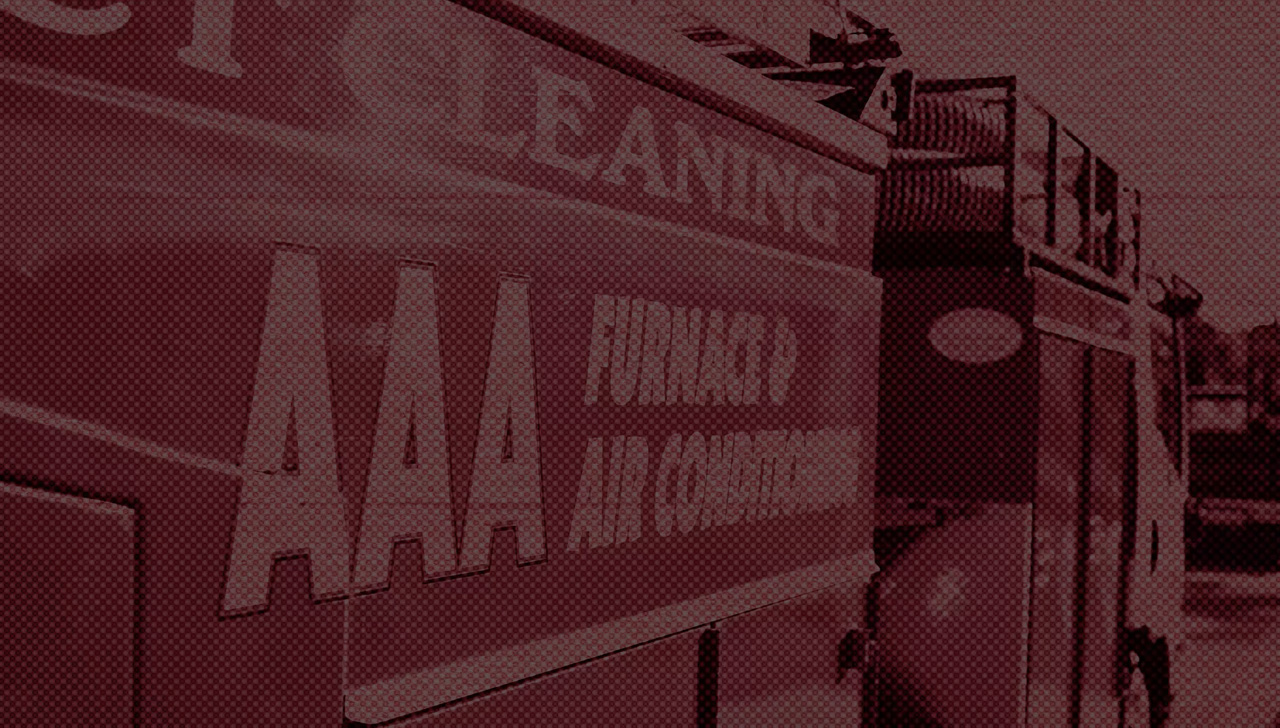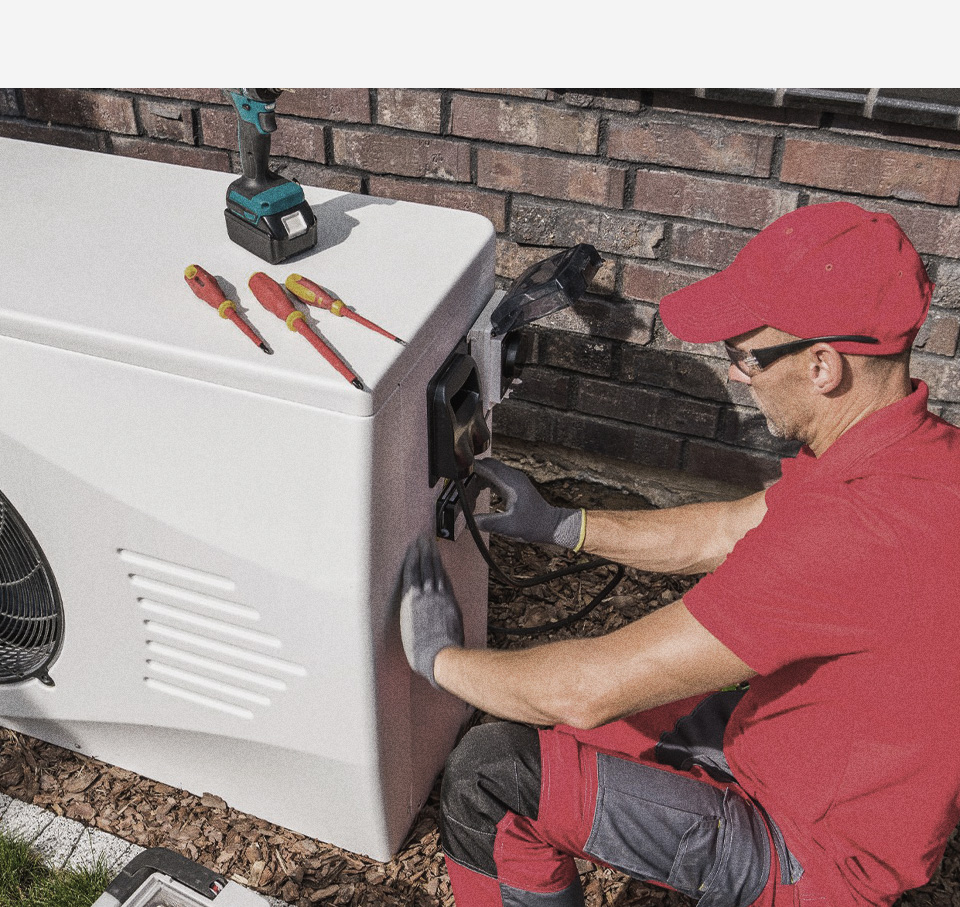


San Jose HVAC Contractor
Founded by Joe Rando in 1957, AAA Furnace & Air Conditioning is a team dedicated to helping households in Silicon Valley enjoy comfortable and healthy indoor environments. From the start, our mission has been to deliver reliable climate control solutions to our community, and that commitment continues today.
What sets AAA Furnace & Air Conditioning apart is our focus on quality and attention to detail. Our team undergoes ongoing training to stay up-to-date with the best practices in the industry. Our comfort advisors take the time to thoroughly understand your home’s unique needs, allowing us to provide solutions that truly enhance your daily life. This thoughtful approach has helped us build a reputation as a trusted HVAC provider in the valley.
At AAA Furnace & Air Conditioning, we’re committed to creating a positive experience for every customer while helping your home stay comfortable year-round. Call the San Jose HVAC technicians at (408) 521-1259 today to schedule a free estimate.
Cooling Services You Can Count On
At AAA Furnace & Air Conditioning, we’re dedicated to helping you keep your home cool and comfortable, especially during Silicon Valley’s warmer months. We understand how important it is to maintain a comfortable indoor environment, and we’re here to meet your cooling needs with professionalism and care.
We offer a wide range of air conditioning services designed to keep your system running smoothly. Whether you’re dealing with an unexpected breakdown or looking to upgrade your current setup, we’ve got you covered.
How we can Help:
Founder's Note
Since 1957, AAA Furnace and Air Conditioning has been a trusted name in comfort for Silicon Valley, founded by my father, Joe Rando, with a simple mission: to make heating, cooling, and indoor air quality better for families. Growing up in this business, I learned the trade firsthand, working alongside my dad in tight spaces and on job sites.
Today, I carry forward his commitment to exceptional service, ensuring every customer is completely satisfied. Whether you need same-day repairs, professional duct cleaning, or a new system installation, my team is here to deliver the best in quality and care. At AAA, we stand behind our work—always. If you’re not happy, I want to hear from you personally.

Why Choose AAA Furnace & Air Conditioning?
-
Community FocusAt AAA Furnace & Air Conditioning, we take pride in treating our customers with care and respect. We are committed to doing right by our clients, ensuring that each project is approached with a focus on fairness and integrity. Unlike companies that treat customers as mere numbers, we see each client as a valued member of our community, deserving of individualized attention and top-notch service.
-
Personalized ServiceAs a family-owned business, AAA Furnace & Air Conditioning takes pride in providing personalized service to every customer. We believe in treating our clients like family, ensuring that each interaction is tailored to meet their unique needs and preferences. Our team prioritizes building lasting relationships with our customers, offering a level of care and attention that sets us apart from larger corporations.
-
Affordable PricingWhen you choose AAA Furnace & Air Conditioning, you can expect exceptional pricing without compromising on quality. We believe in fair and transparent pricing, offering honest assessments and upfront pricing to our customers. Our goal is to ensure that you receive the best value for your investment, without any hidden costs or surprises.
-
ExperienceOne of the key reasons to choose AAA Furnace & Air Conditioning is our unwavering commitment to our customers. Unlike many businesses that may not outlast the warranties they offer, we stand by our work, providing reliable warranties on our HVAC equipment that reflect our confidence in the services we provide. This long-standing dedication to excellence sets us apart from the competition.
Comprehensive Heating System Services
At AAA Furnace & Air Conditioning, keeping your home warm and inviting during the cooler months is our top priority. A reliable heating system is essential for creating a comfortable and safe space when temperatures drop, especially here in Silicon Valley. That’s why our team is ready to handle all your heating needs with care and precision.
We offer a full range of heating services to keep your system running smoothly and extend its lifespan. From cozy fireplaces to energy-efficient heat pumps, we handle various heating systems to meet your home’s needs. No matter the service, we bring attention to detail and a commitment to quality in everything we do.
Whether you’re in need of a quick repair, routine maintenance, or complete system installation, we’ve got you covered with services like:
At AAA Furnace & Air Conditioning, we believe heating your home should be stress-free. Our goal is to keep your living spaces warm and comfortable, allowing you to focus on enjoying the season instead of worrying about your heating system. Let us help you create the cozy home environment you deserve.

Hear From Our Happy Customers
-
“I am happy with the cool and warm home. My installers Hal and Josh-H were very professional and completed on time.”Elvira R.
-
“Josh came out and did a very thorough job of cleaning and checking my HVAC, also my water heater.”Diane H.
-
“We're very satisfied with the quality of service we received with AAA Furnace and will be reaching out to them again for any future HVAC needs.”Matt W.
-
“In under 4 hours they had the issue fixed. They also uncovered issues w/our ducting that had been missed on prior visits.”Joanna G.
-
“We have been customers of AAA Furnace & Air Conditioning for a number of years now. We have always been impressed with the personnel and the quality of the work and have never been disappointed.”Jim R.
-
“They are very professional and do good work. We've been using them for a few years and plan to continue.”Clayton
-
“Hector went above and beyond with service today to ensure every part of my heater/ac unit was checked and cleaned.”Sara B.
-
“Got the heater up and running best of all, my dog loved him!”MC Larsen
-
“Excellent work, they were here four days installing ducts and heaters. They are very neat, thoughtful in explaining the process.”Josh S.



The AAA Furnace & Air Conditioning Advantage
Choosing an HVAC provider is a big decision that directly impacts the comfort of your home. We are deeply committed to delivering quality service and creating an easy, stress-free experience for every client—a commitment that has earned the trust of countless families over the years.
When you work with AAA Furnace & Air Conditioning, you’ll gain more than just a service provider.
Here’s what sets us apart:
- Decades of trust. For over six decades, we’ve proudly served the Silicon Valley community with dependable and consistent service.
- Thorough care. Every project is handled with precision and careful attention to detail.
- Thoughtful assessments. Our advisors are dedicated to understanding the unique needs of your home and recommending the best solutions.
- Peace of mind. All of our services come with a satisfaction guarantee and strong warranties so that you can feel confident in your choice.
- Proven quality. Glowing customer reviews and recognition from industry awards back our reputation.
- Convenience first. We offer free estimates and flexible financing options and strive to provide same-day service whenever possible.
At AAA Furnace & Air Conditioning, our mission is to enhance your comfort with reliable, high-quality solutions. We take pride in the trust our clients place in us and strive every day to maintain the high standards they deserve.
AAA Furnace & Air Conditioning is your ally in home comfort. Call (408) 521-1259 or contact us online today to schedule service with an HVAC technician in San Jose.









